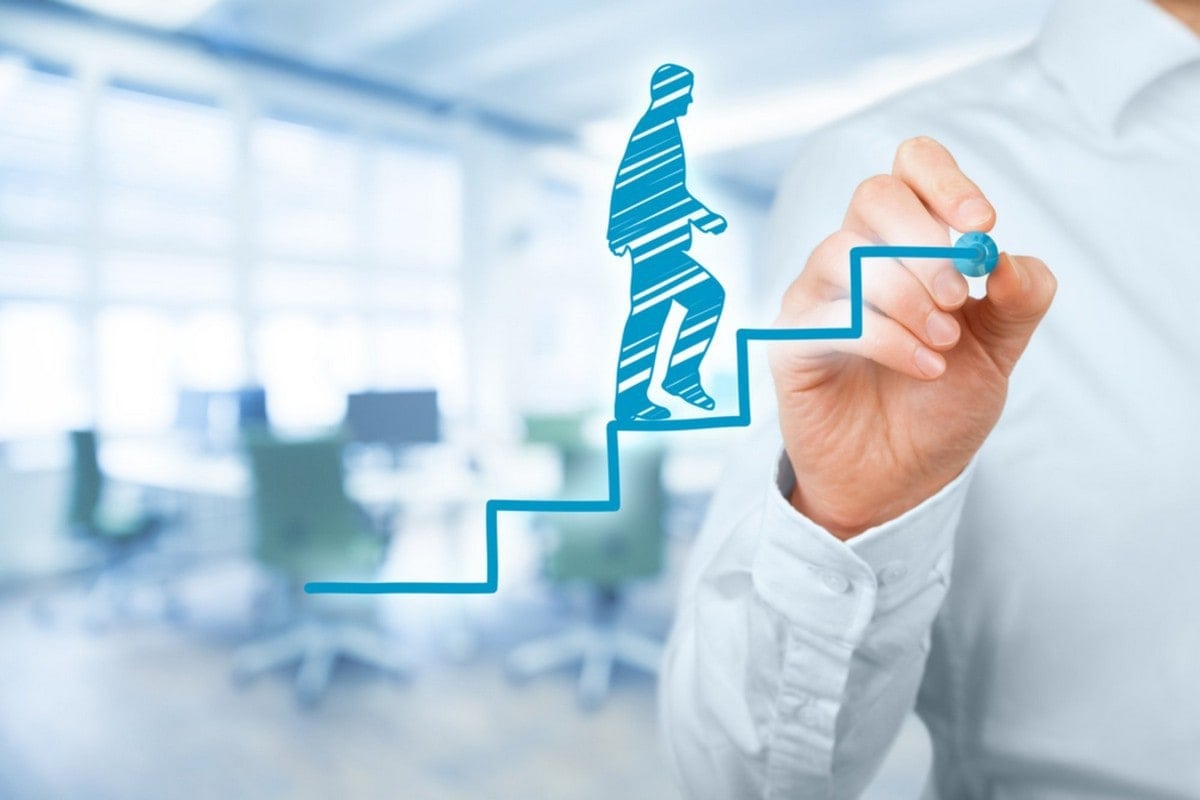How to Build an Employee Development Program That Delivers Results
 Stephen Miller
Stephen Miller
Employee development is no longer just a benefit—it’s a necessity. Businesses that invest in their employees’ growth see increased productivity, higher engagement, and better retention rates. But not all development programs yield results. The key lies in designing a structured, goal-oriented program that aligns with both organizational objectives and employee aspirations.
In this guide, we’ll break down the essential steps to building an effective employee development program that delivers measurable results.
1. Define Clear Objectives
Before implementing an employee development program, define what success looks like. Are you aiming to enhance leadership skills, improve technical competencies, or boost overall employee engagement? Establishing clear objectives will help in designing a program that directly benefits both the organization and employees.
Steps to Take:
Identify skills gaps within your organization.
Set SMART (Specific, Measurable, Achievable, Relevant, and Time-bound) goals.
Align development goals with business objectives.
2. Assess Employee Needs and Interests
A successful program considers both organizational goals and individual employee aspirations. Conduct surveys, one-on-one interviews, and performance assessments to understand what employees need to grow in their roles.
Steps to Take:
Use employee feedback and self-assessments to determine development needs.
Align training with career progression paths.
Offer personalized learning plans to cater to different learning styles.
3. Create a Structured Learning Plan
Once you have identified the objectives and needs, create a structured plan that includes various learning methods such as workshops, online courses, mentorship programs, and on-the-job training.
Components of a Learning Plan:
Formal Training: Online courses, workshops, or certification programs.
Mentorship and Coaching: Pair employees with experienced professionals.
Experiential Learning: Job rotations, stretch assignments, and cross-functional projects.
Self-Paced Learning: Access to resources like e-books, webinars, and podcasts.
4. Leverage Technology and Digital Learning
With the rise of remote work and hybrid models, digital learning tools have become an essential part of employee development. Learning Management Systems (LMS), AI-driven training platforms, and mobile-friendly courses enable employees to learn at their own pace and convenience.
Steps to Take:
Implement an LMS for easy tracking of employee progress.
Offer microlearning modules for better retention.
Use gamification techniques to enhance engagement.
5. Encourage a Culture of Continuous Learning
A strong employee development program and hr consultants thrives in a culture where learning is valued. Leadership should encourage continuous learning by providing support and recognizing employees’ efforts.
Ways to Foster Learning Culture:
Encourage employees to share knowledge through internal seminars.
Recognize and reward employees who complete training programs.
Integrate learning into performance reviews and career growth discussions.
6. Measure and Adjust the Program
A development program must be dynamic. Regularly measuring its effectiveness ensures that it continues to deliver results. Use key performance indicators (KPIs) such as employee engagement scores, productivity metrics, and retention rates to assess its impact.
Steps to Take:
Gather feedback from employees on training effectiveness.
Track skill improvement through assessments.
Adjust programs based on data-driven insights and feedback.
LMHR Consulting: Your Partner in Employee Development
Building a high-impact employee development program requires expertise and strategic planning. At LMHR Consulting, we specialize in designing customized employee development programs that align with business goals while fostering employee growth. Our tailored solutions ensure measurable success, improved workforce capabilities, and a thriving organizational culture.
If you need guidance in structuring an effective employee development program, LMHR Consulting is here to help. Contact us today to create a workforce development strategy that drives real results.
Conclusion
An employee development program is not a one-size-fits-all initiative. By defining clear objectives, assessing employee needs, leveraging technology, and continuously measuring results, organizations can create a program that fosters growth and drives performance. With the right approach and expert guidance from LMHR Consulting, businesses can unlock the full potential of their workforce and achieve long-term success.
Subscribe to my newsletter
Read articles from Stephen Miller directly inside your inbox. Subscribe to the newsletter, and don't miss out.
Written by
